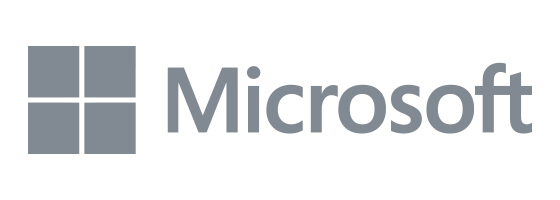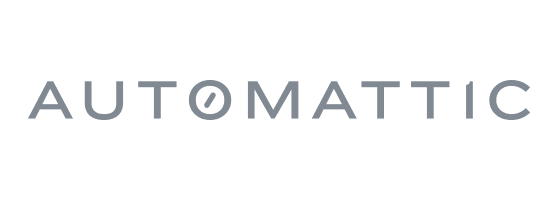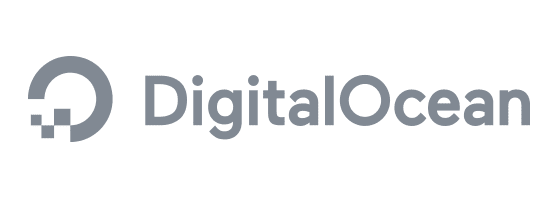In this guide we will help you to understand better what is the difference between MariaDB and MongoDB.
What is MariaDB?
MariaDB, emerging in 2009, stands as a significant fork of the widely-used open-source database system, MySQL. The inception of MariaDB was primarily influenced by the acquisition of MySQL AB by Oracle Corporation, leading to concerns within the MySQL community regarding the future of the project’s open-source commitment.
Developed by Monty Widenius, one of the original creators of MySQL, MariaDB was designed to be a drop-in replacement for MySQL, ensuring compatibility and ease of transition for existing MySQL users. The primary motivation behind MariaDB was to maintain and enhance an open-source database system, driven by the community’s needs and contributions.
Central to MariaDB’s philosophy is its commitment to remain open-source and maintain compatibility with MySQL. This approach has facilitated a seamless migration path for users, making it a preferred choice for many who were already familiar with MySQL. MariaDB has introduced several new features and storage engines, like Aria and TokuDB, which have contributed to its reputation for improved performance and functionality over MySQL.
Over the years, MariaDB has seen widespread adoption and community support, reflecting a broader trend towards open-source solutions in database management. Its development underscores the significance of community-driven projects in shaping the landscape of technology, particularly in the realm of open-source software.
What is MongoDB?
MongoDB, launched in 2009 by the company 10gen (now MongoDB Inc.), marked a significant shift in the landscape of database management systems. It emerged as a frontrunner in the NoSQL movement, which sought alternatives to traditional relational database systems (RDBMS) that were dominant at the time.
The core concept of MongoDB is centered around its document-oriented nature, a departure from the row-and-column format of RDBMS. This model allows MongoDB to store data in flexible, JSON-like documents, enabling the representation of hierarchical relationships, arrays, and other complex structures more naturally and efficiently than typical SQL databases.
MongoDB’s schema-less design is a fundamental characteristic that differentiates it from traditional databases. This feature facilitates the accommodation of varied and evolving data models, making it particularly suitable for use cases with large volumes of rapidly changing data, such as in big data and real-time applications.
Since its inception, MongoDB has focused on scalability and performance. Its architecture allows for the easy distribution of data across multiple servers, enhancing the database’s reliability and speed. This scalability, coupled with its agility in handling diverse data types, has contributed to MongoDB’s popularity in a wide range of industries.
Throughout its evolution, MongoDB has balanced innovation with user-friendly features, such as its powerful query language, which offers extensive querying and aggregation capabilities. Its history reflects a broader trend in database technology towards systems that are not only performant and scalable but also adaptable to the diverse and dynamic needs of modern applications.
MariaDB vs MongoDB – Core Differences
Here are the key differences between MariaDB and MongoDB:
MariaDB exhibits compatibility with Azure and features high availability. It offers a robust cloud storage solution, accompanied by security measures. Additionally, MariaDB is user-friendly in various systems and provides a cloud service that simplifies usage for developers. Conversely, MongoDB is compatible with major cloud platforms such as AWS, GCP, and Azure, owing to its ease of integration with different cloud services. It is readily accessible in various systems, though it does not have a proprietary cloud service, a feature that distinguishes MariaDB.
MongoDB is widely recognized for its popularity, while MariaDB is often noted for its performance, security, and availability. MariaDB also has the capability to integrate with other databases and utilizes a column-based structure. On the other hand, MongoDB is designed to operate as a cloud service with a robust infrastructure, which contributes to its efficient performance in various applications, often requiring fewer resources. Additionally, MongoDB is specifically tailored for environments where the data storage is exclusively document-oriented.
Both databases provide compatibility with a wide range of programming languages. However, MariaDB does not include support for Matlab and certain shell languages. On the other hand, MongoDB is known for its extensive support encompassing all major programming languages within its system.
MariaDB includes support for storing, accessing, and retrieving data in XML format. In contrast, MongoDB does not offer this specific feature, focusing instead on document-oriented access and storage capabilities.
MariaDB utilizes a variety of APIs, such as ODBC, JDBC, and ADO.NET, along with a native API for its security system. These APIs are instrumental in managing data operations and ensuring data availability upon user request. In contrast, MongoDB does not employ traditional APIs but instead uses a protocol tailored for JSON data format. This approach in MongoDB, which is less complex compared to the API system in MariaDB, facilitates efficient data management within its framework.
MariaDB is fundamentally structured as a relational database model, whereas MongoDB is primarily a document store. MongoDB operates both as a document search engine and can perform some functions akin to a standard relational database. It is considered a leading document store in comparison with other databases in the market. In addition to its primary relational model, MariaDB also supports secondary storage types such as document stores and graph DBMS, and includes a search engine capability for graph data stored within the database.
MariaDB employs SQL queries, facilitating database interaction through SQL commands, which are familiar to many users. In the case of MongoDB, while it also utilizes SQL queries, these are primarily available in a read-only format. Users do not directly interact with these queries. Instead, they are used in business intelligence applications through the MongoDB Connector. This functionality aids in integrating the databases with other systems and enables data sharing.
A Simple Comparison Between MongoDB and MariaDB
In this comparison table, we take a deeper dive into both databases to help you decide whether MariaDB or MongoDB is right for your requirements.
| MariaDB | MongoDB |
| In MariaDB, script execution maintains consistency, ensuring immediate data integrity in cases where queries fail. | Scripts are designed to ensure both immediate and eventual consistency, facilitating smooth script operation and execution. |
| Various partitioning methods are available, including sharding and horizontal partitioning. Sharding can be performed with the storage engine or clusters. This is useful for avoiding unwanted data in the system and for staying relevant to the data needed. | Thanks to the partitioning methods, the documents always work and identify the documents needed within the database. The method used here is Sharding, and this leaves documents arranged efficiently. |
| Master to master and master to slave replication methods are available. Any replication members have the power to edit data. The database functions effectively in this system. | The master to slave replication method is available. Data is unable to be updated by any users but the servers within the group. |
| Inside the system, a cache is managed and the load is checked. If it’s unavailable, data is loaded from the server — so the database’s work is easy. | As the cache is not managed in the system, data is not loaded from it. |
| The processing of data can take time and the facility of map reduce is unavailable. | Data processing can be performed easily thanks to map reduce, that helps to process significant loads of data simply at once. Map reduce leads to proper results. |
| As foreign keys are utilized in the system, data is linked from table to table. It’s easier to grab data from any table as a result. | This database does not use foreign keys, which means the tables aren’t easily linked. Data can be gathered from other tables if you call them from the table directly. |
| The database’s transaction levels are: atomicity, consistency, isolation, durability (a concept known as ACID). | The database uses ACID concepts and snapshot isolation to create a consistent view of available data with data integrity. |
| MariaDB is easy to use for users with SQL base , due to the number of similar queries and its functional similarity to SQL. Users with SQL standards will have rights provided to them. | MongoDB doesn’t work like SQL, but users have access rights based on system role. |
Are These DBMS Supported By Plesk?
MariaDB is supported by Plesk under both Linux and Windows. For Plesk Obsidian under Linux you will need:
- MariaDB 10.4 and 10.5 starting from Plesk Obsidian 18.0.30.
- MariaDB 10.6 starting from Plesk Obsidian 18.0.41.
- MariaDB 10.11 is supported starting from Plesk Obsidian 18.0.52
Plesk Obsidian for Windows requires:
- MariaDB 10.4 and 10.5 starting from Plesk Obsidian 18.0.30 for both Plesk database and customers’ websites.
- MariaDB 10.6 starting from Plesk Obsidian 18.0.41.
- MariaDB 10.11 is supported starting from Plesk Obsidian 18.0.52
In contrast, MongoDB is not supported by Plesk Obsidian at the moment. MongoDB can be installed via Docker, however should be still managed manually – Plesk hasn’t got any set of tools to manage it.
Summary
In conclusion, MariaDB and MongoDB each offer distinct features catering to diverse data management needs. MariaDB, with its SQL query compatibility and variety of APIs, is well-suited for applications requiring traditional relational database structures and complex transactions. MongoDB, known for its document-oriented model and JSON protocol, excels in handling large volumes of unstructured or semi-structured data, making it ideal for big data applications and real-time analytics. The choice between MariaDB and MongoDB ultimately depends on the specific requirements of the application, such as data model complexity, scalability needs, and the programming environment.










No comment yet, add your voice below!